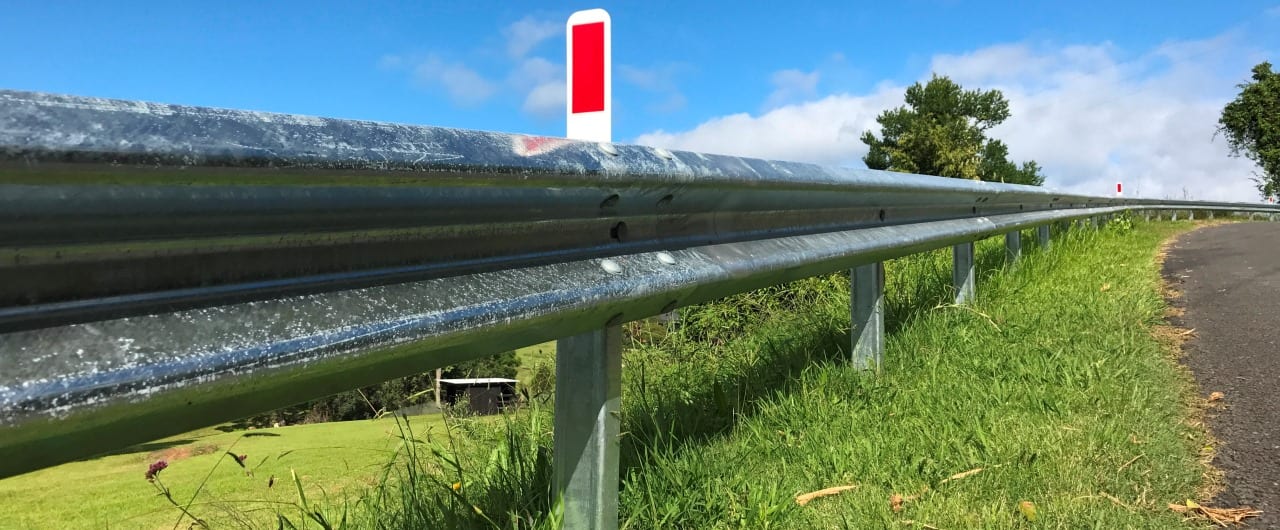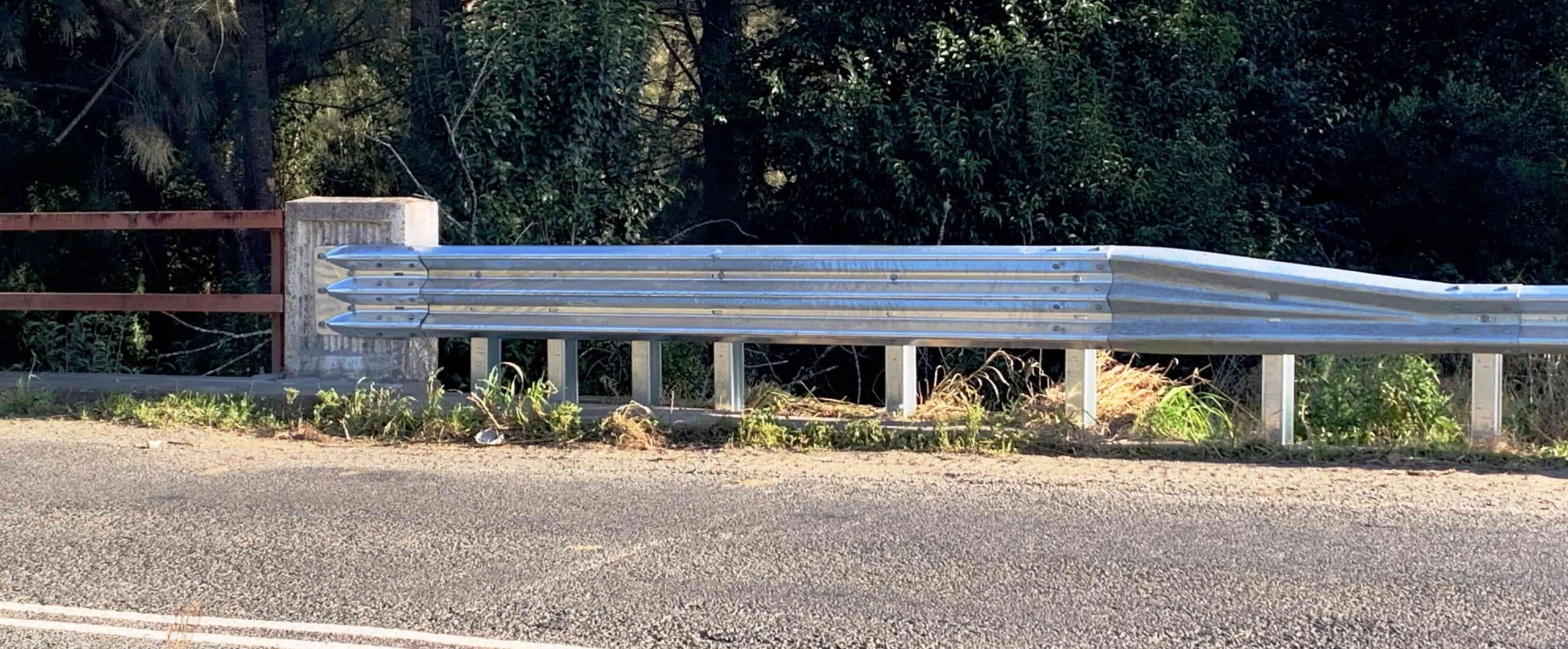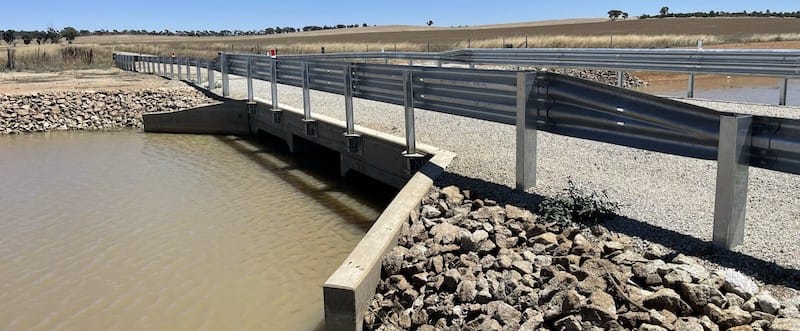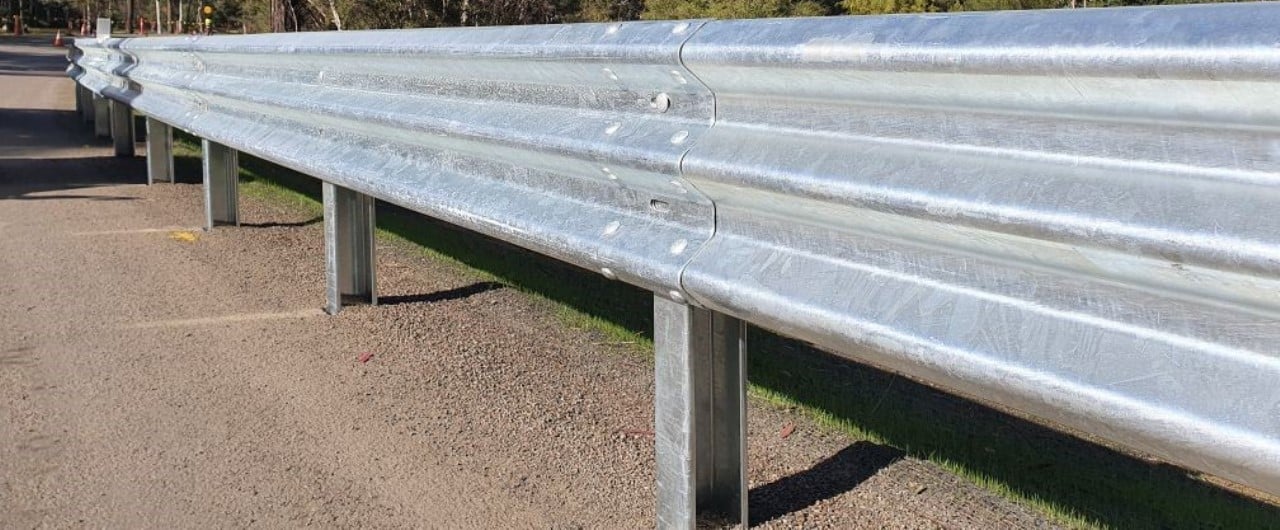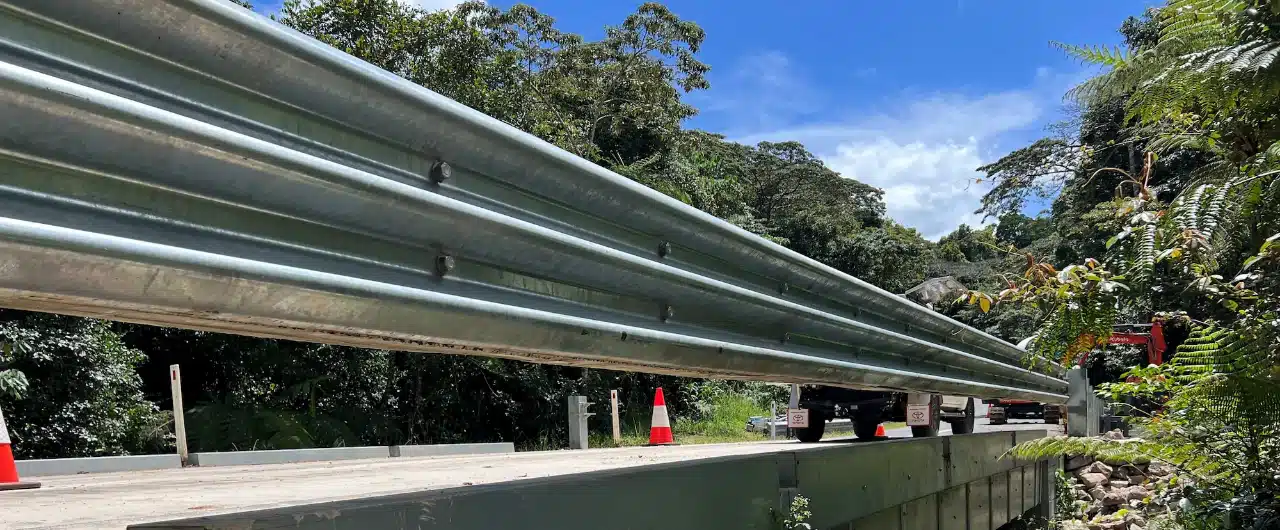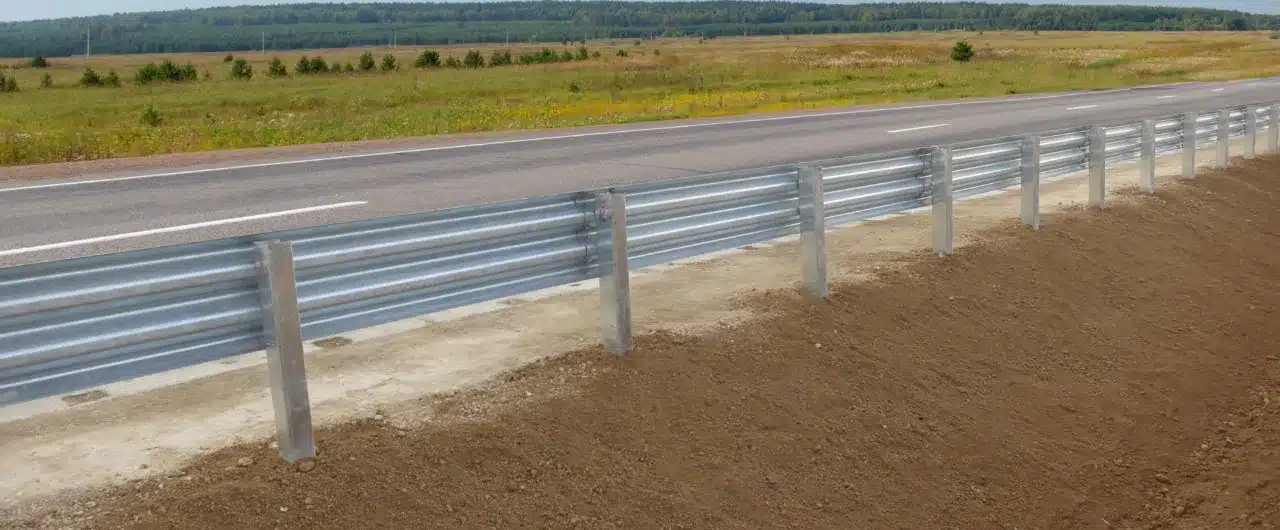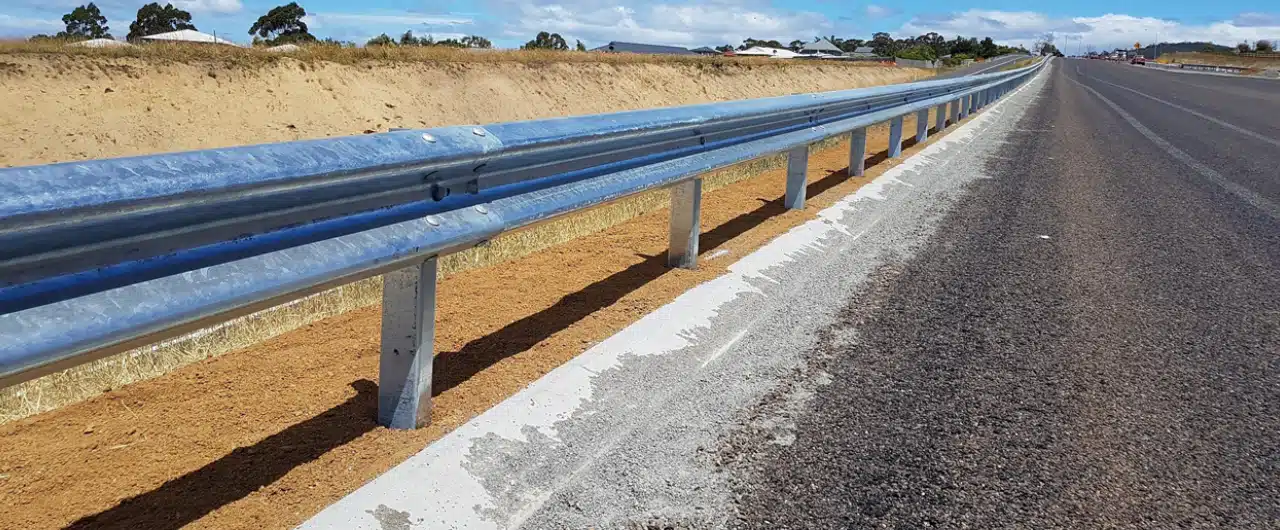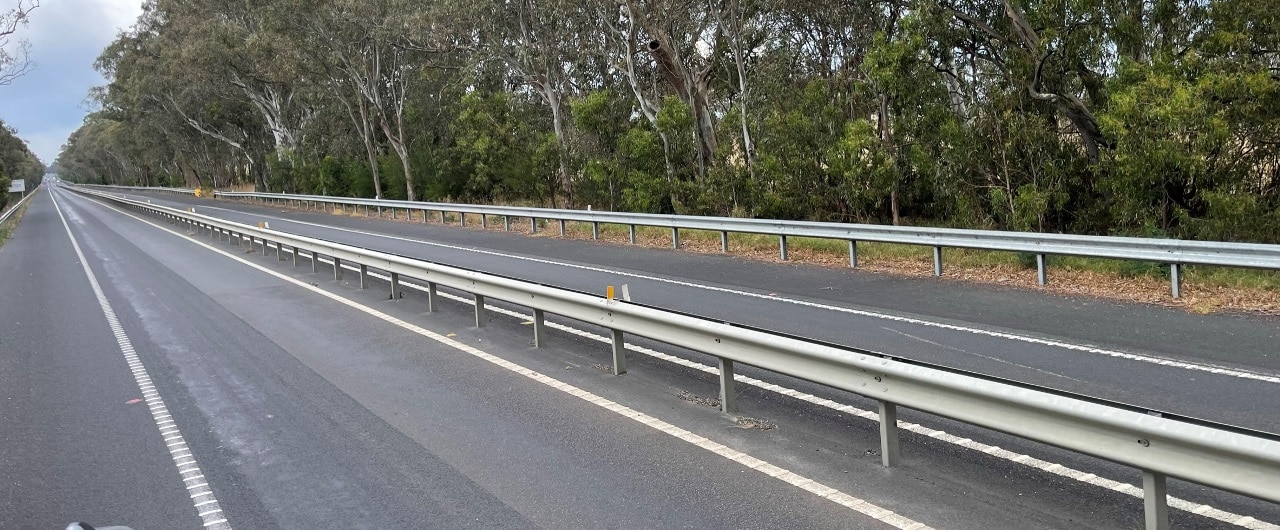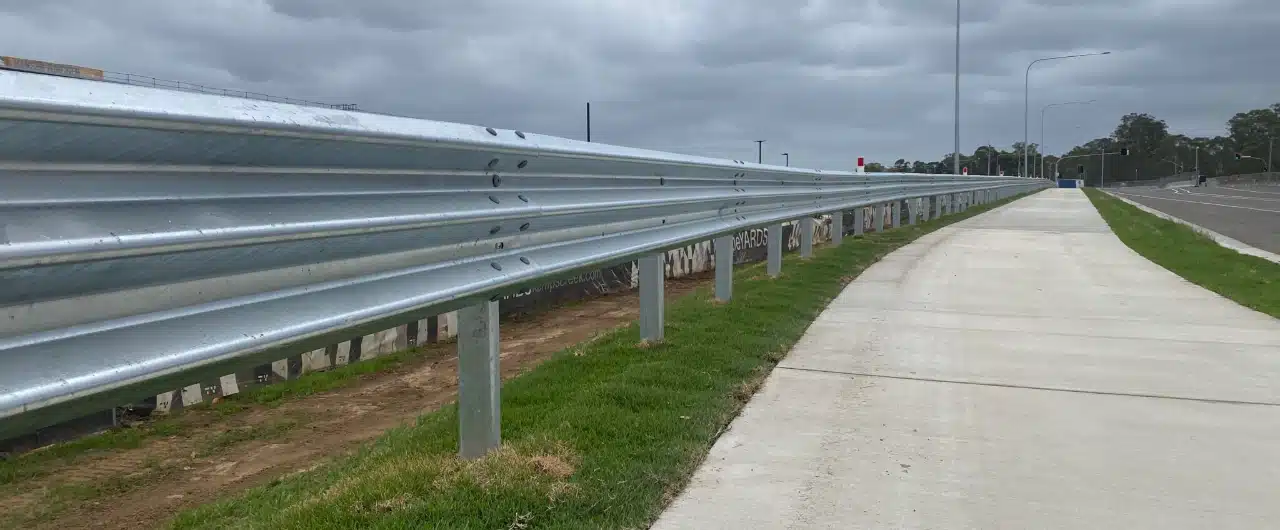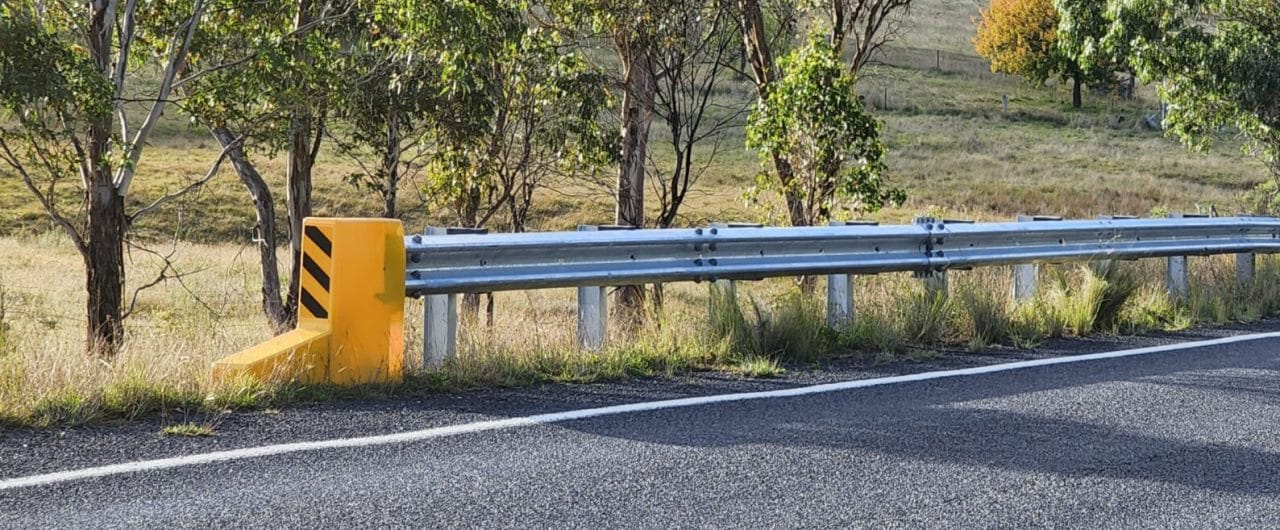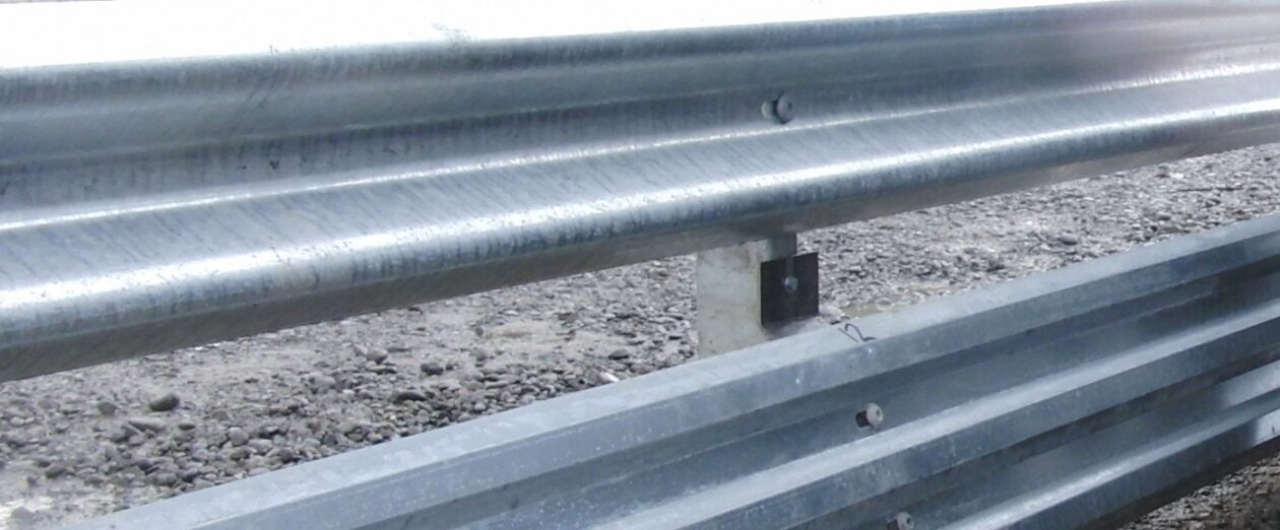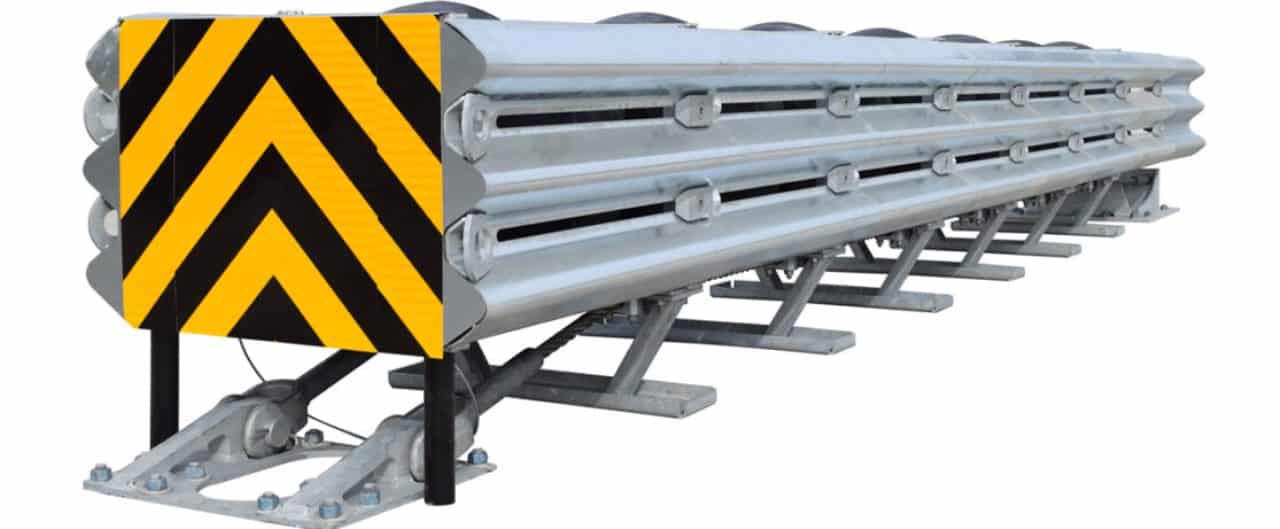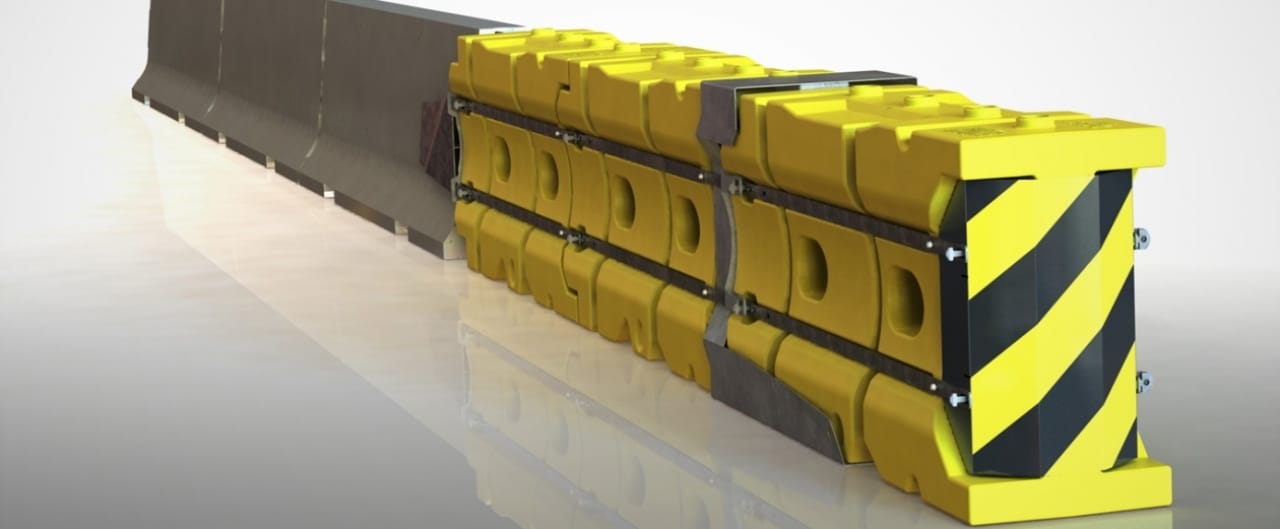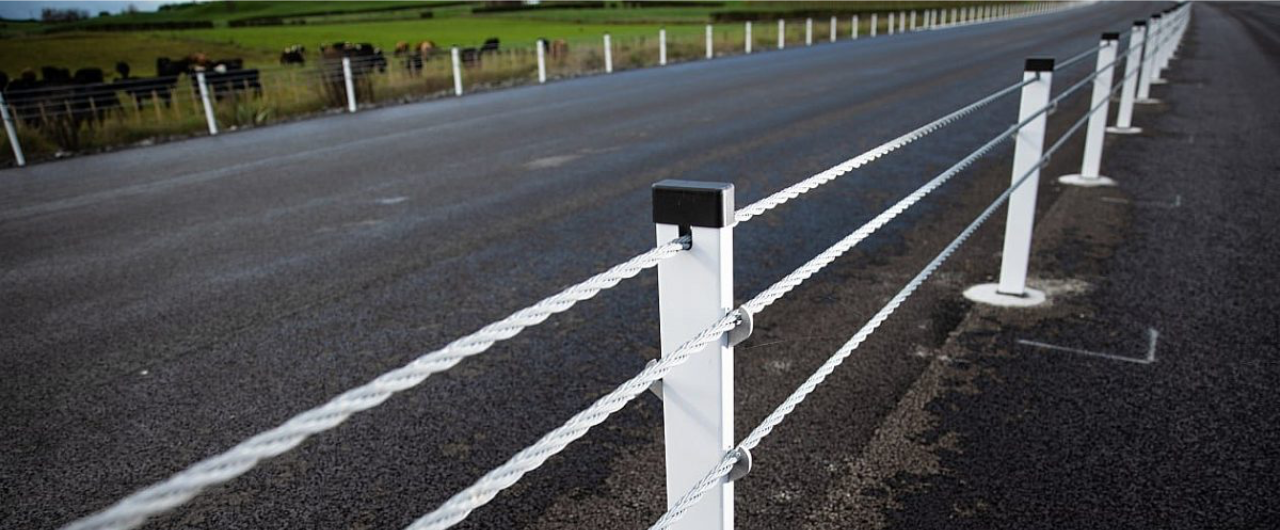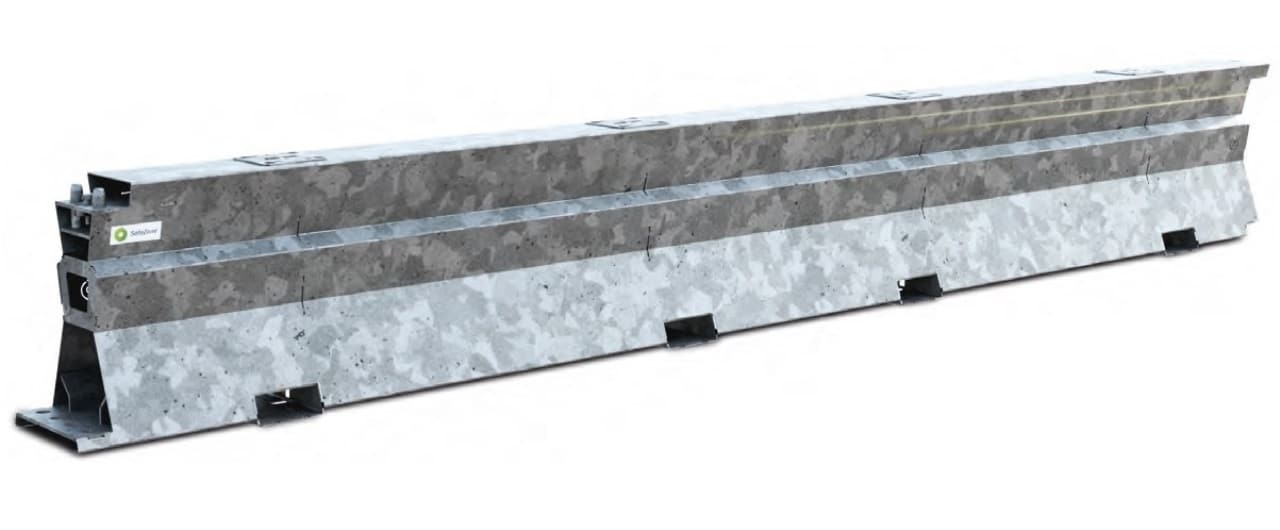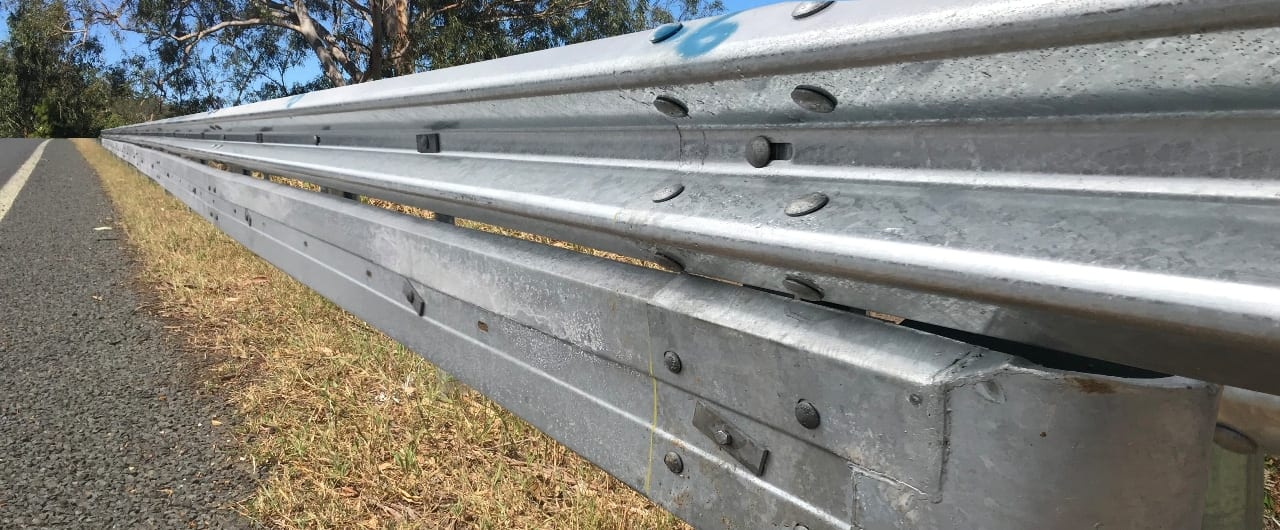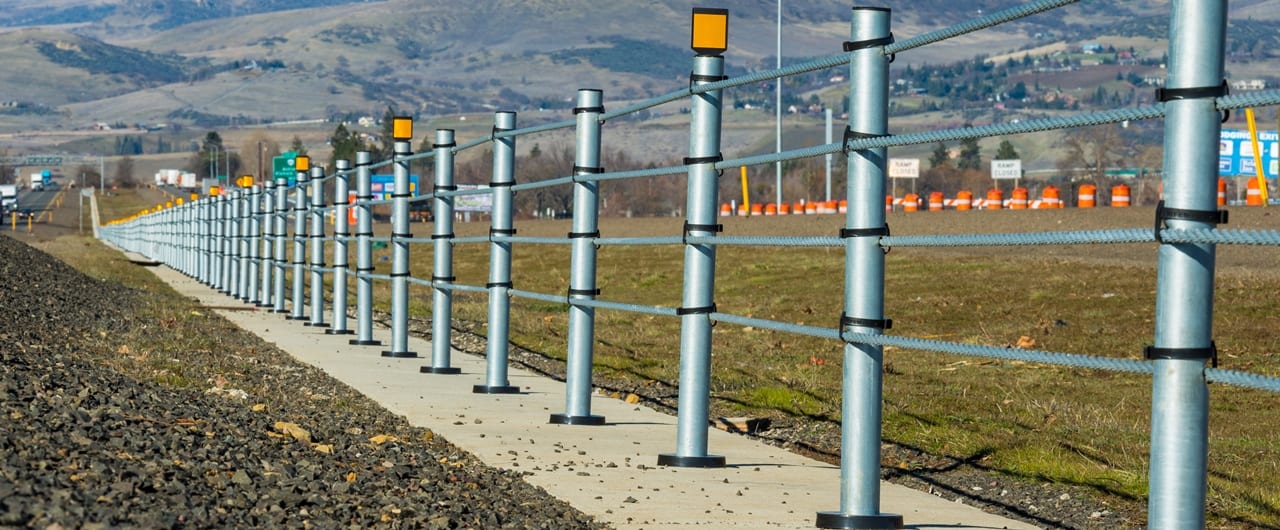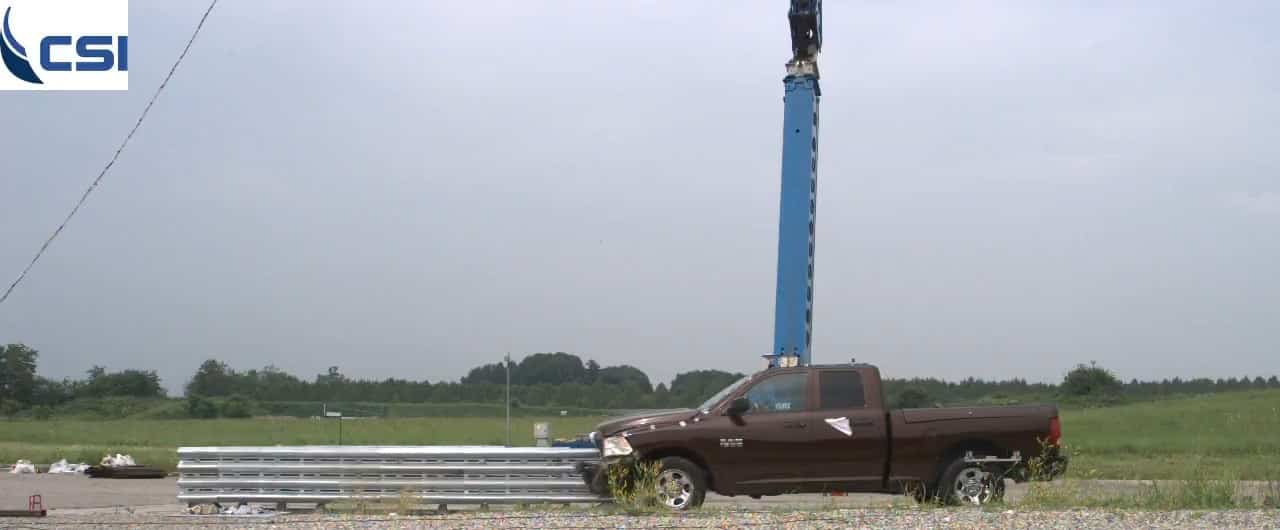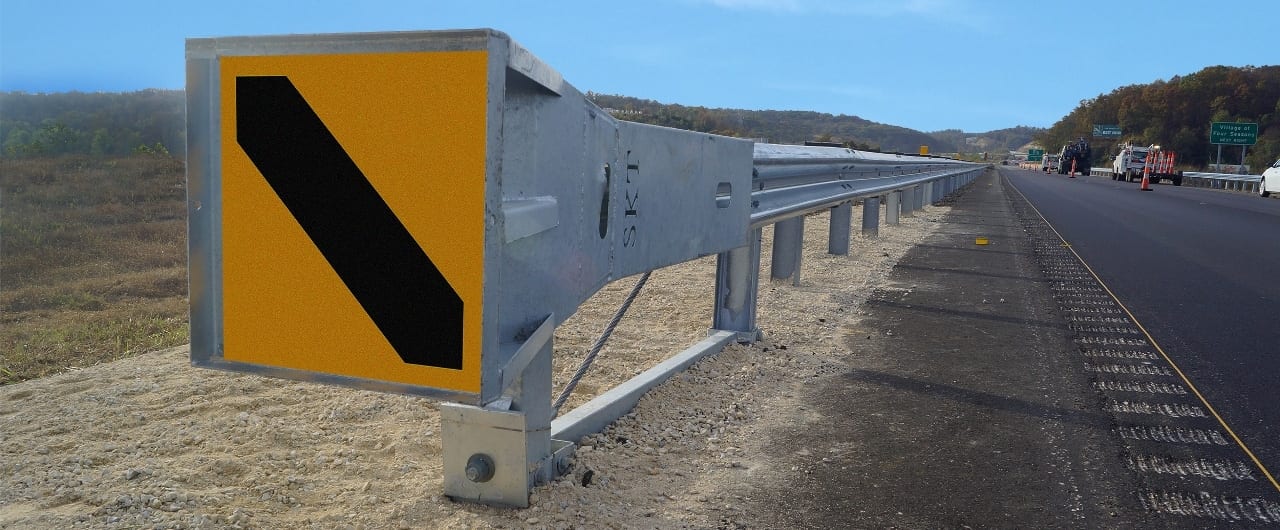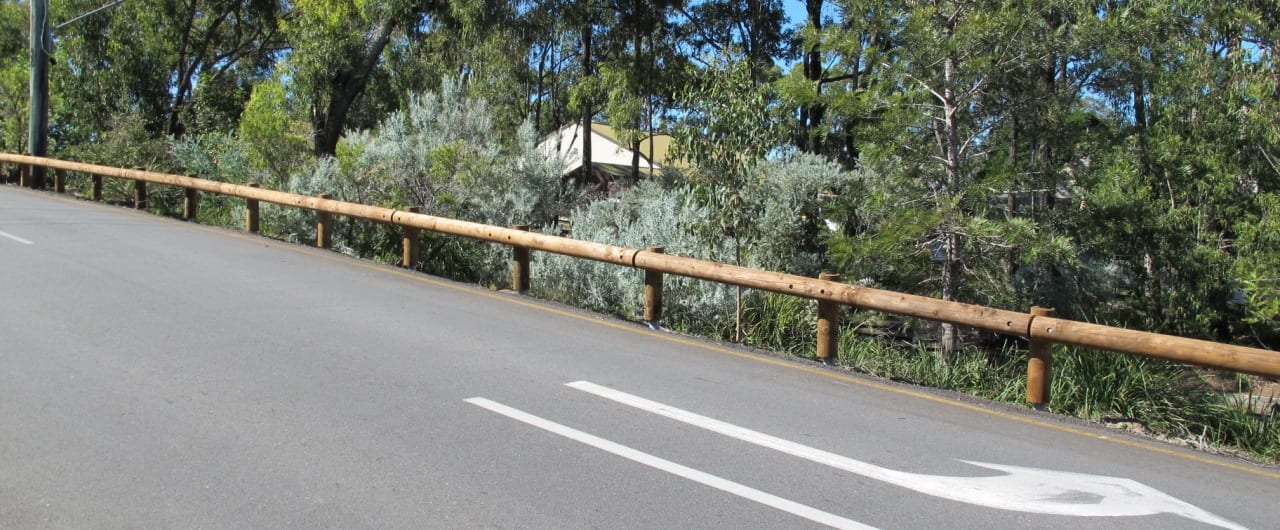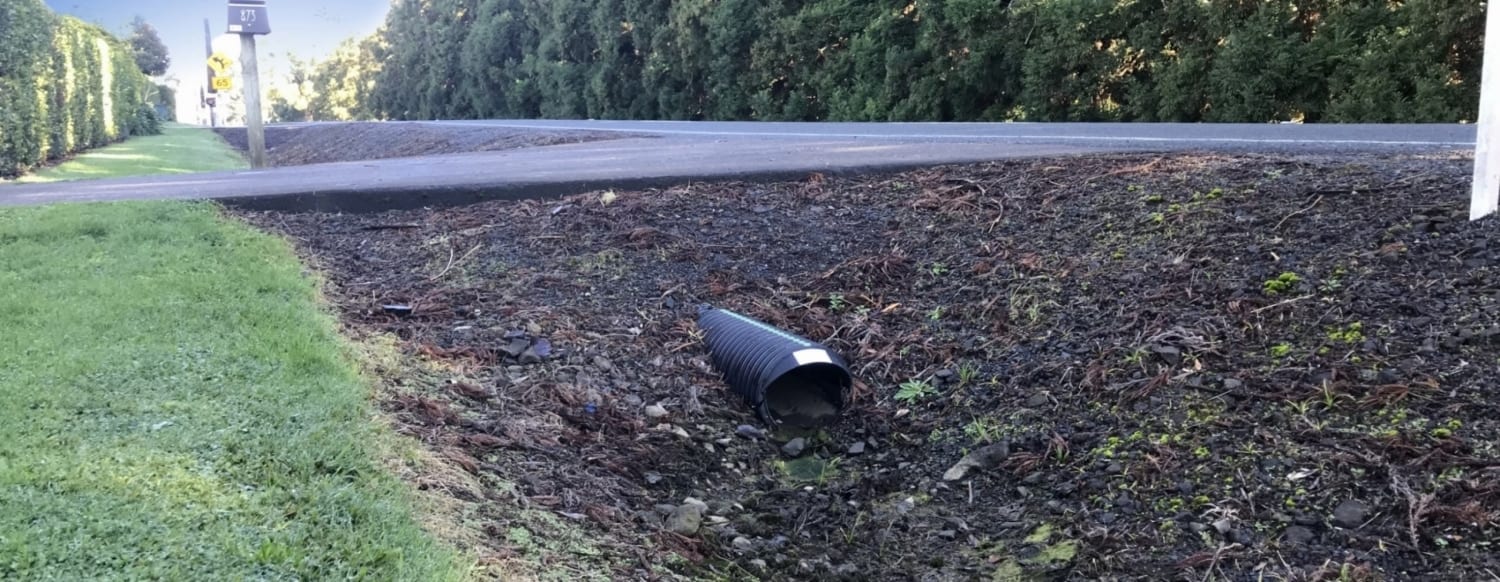MASH compliance commenced 1 January 2020 throughout Australia. The introduction of MASH follows changes to the vehicle fleet, researching of real-life impact conditions and updated criteria for evaluating barrier performance. Most products tested to the superseded NCHRP Report 350 standard do not pass MASH barrier testing.
MASH Compliance - What do these changes mean for Road Safety Products?
Some of the major differences between MASH and NCHRP Report 350 include:
Changes in Test Matrices
- The small car impact angle is increased from 20 to 25 degrees to match the impact angle used with light truck testing
- The impact speed for the single-unit truck test is increased from 80 km/h to 90 km/h to better distinguish the TL-4 test from TL-3
- The impact angle for length-of-need testing of terminals and crash cushions is increased from 20 to 25 degrees to match that for longitudinal barriers
- The impact angle for oblique end impacts for gating terminals and crash cushions is reduced from 15 to 5 degrees
- For small vehicle tests on cable barrier, the target impact point must be at mid-span to evaluate the potential for under-ride, while the target impact point for all other test vehicles shall be limited to 300mm upstream of the post for all test conditions
- Length-of-need tests with the pickup truck are required to meet occupant risk criteria
- A head-on test with the mid-size car is added for staged impact attenuation systems
- The barrier mounting height is recommended to be set at the maximum for small car tests and at the minimum for pickup truck tests
Changes in Test Installations
- Performance-based specifications for soil are added to the existing material-based specifications to help ensure consistency in soil strength
- Any rail element splices that are used in the field are required to be installed in the impact region during testing
- Cable tension for testing of wire rope systems is required to be set to the value recommended for 38 degrees Celsius
- Minimum installation length for testing of wire rope systems is 183m between anchors
Changes in Test Vehicles
- The small car has increased from 820kg to 1100kg
- The pick-up truck (TL-3) has increased from 2000kg to 2270kg
- The rigid truck (TL-4) has increased from 8000kg to 10,000kg
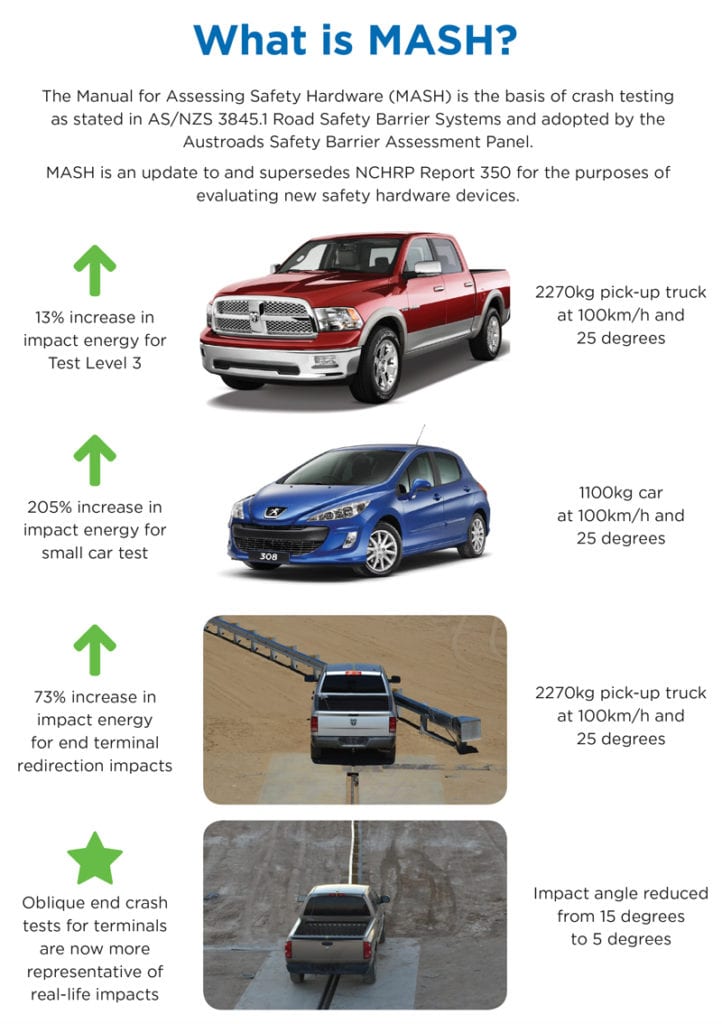
MASH Barrier FAQs
What is a MASH Barrier?
The Manual for Assessing Safety Hardware (MASH) provide crash test guidelines for the evaluation of roadside guardrail barriers used in Australia and NZ.
What are the MASH test levels?
There are six (6) MASH Test Levels for the evaluation of longitudinal barriers:
| Test Level | Test Vehicle | Test Conditions | |
| Speed (km/h) | Angle (degrees) | ||
| 1 | 1100C (Passenger Car) | 50 | 25 |
| 2270P (Pickup Truck) | 50 | 25 | |
| 2 | 1100C (Passenger Car) | 70 | 25 |
| 2270P (Pickup Truck) | 70 | 25 | |
| 3 | 1100C (Passenger Car) | 100 | 25 |
| 2270P (Pickup Truck) | 100 | 25 | |
| 4 | 1100C (Passenger Car) | 100 | 25 |
| 2270P (Pickup Truck) | 100 | 25 | |
| 10000S (Single-Unit Truck) | 90 | 15 | |
| 5 | 1100C (Passenger Car) | 100 | 25 |
| 2270P (Pickup Truck) | 100 | 25 | |
| 36000V (Tractor-Van Trailer) | 80 | 15 | |
| 6 | 1100C (Passenger Car) | 100 | 25 |
| 2270P (Pickup Truck) | 100 | 25 | |
| 36000T (Tractor-Tank Trailer) | 80 | 15 | |
Safe Direction's MASH compliant barriers:
If you are looking for a MASH guardrail or safety barrier, browse our range of MASH compliant products below.

